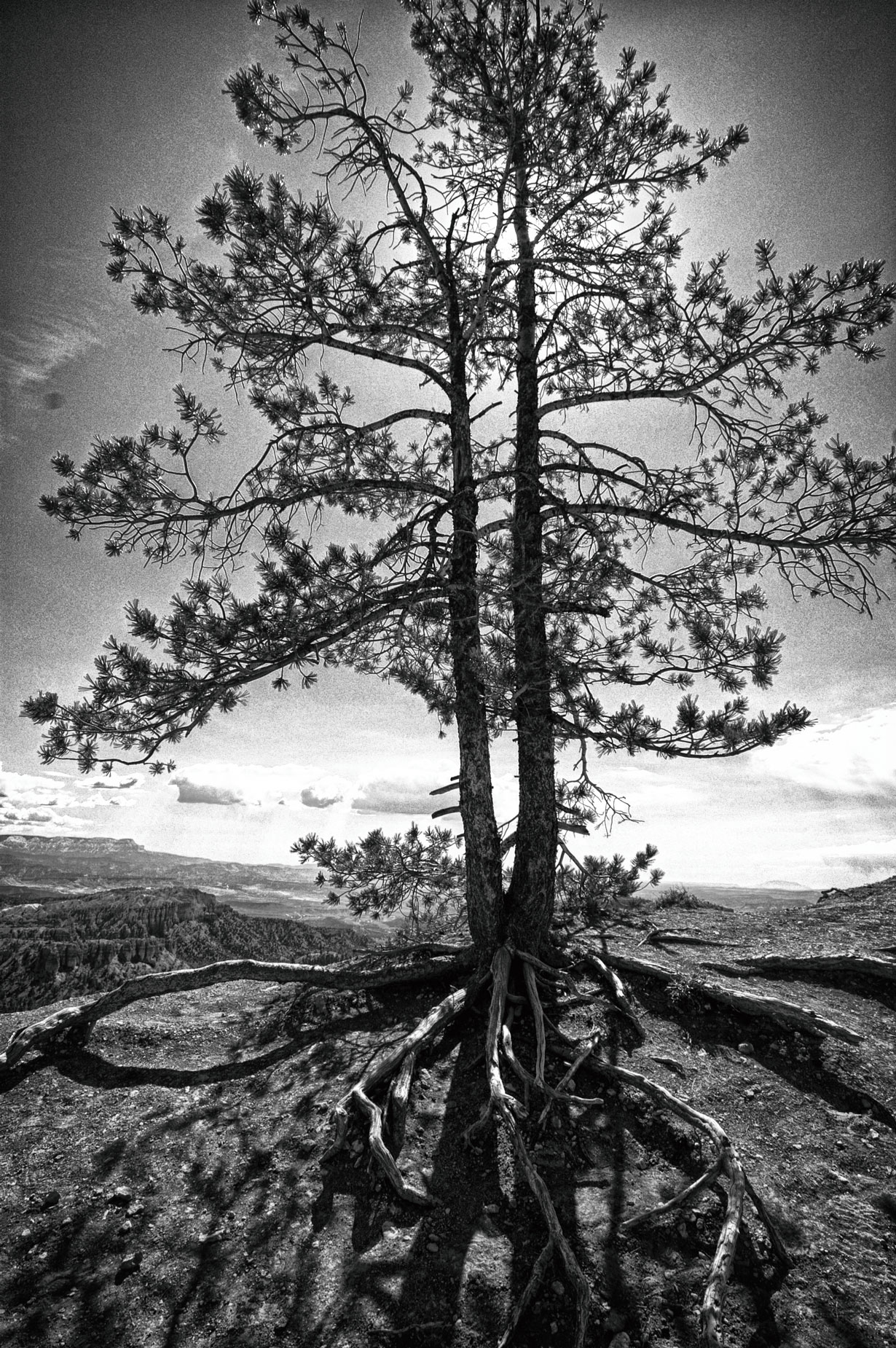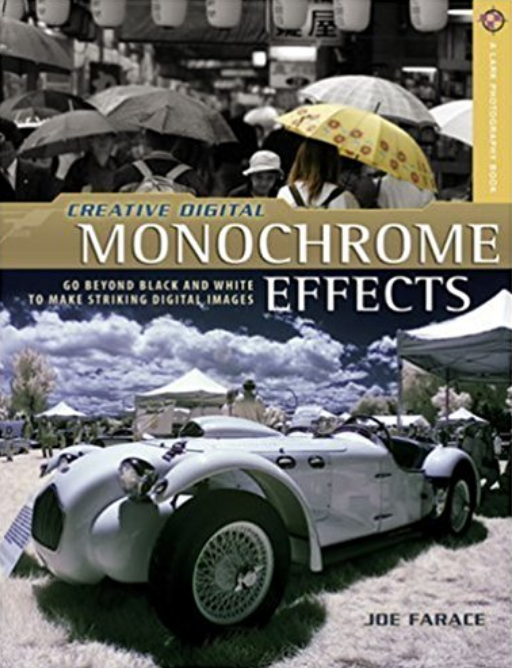Today’s Post by Joe Farace
“The clearest way into the Universe is through a forest wilderness.” ―
National Parks Fortnight (Thu Apr 4th, 2024 – Thu Apr 18th, 2024) invites everyone to join in on an adventure by exploring the stunning landscapes and rich biodiversity of our national parks. This outdoor-themed event spans two weeks each year and is the ideal opportunity to reconnect with the great outdoors and appreciate the environmental treasures within the parks.
In the early 19th century. romantic poets like Byron, Coleridge, and Wordsworth likely influenced the National Parks movement. Each of these writers extolled the untamed beauty of the countryside. The late 19th century saw James Bryce, a British politician, diplomat, and historian, who championed public access to these areas. While his first efforts were unsuccessful, he opened up a national conversation that would start to change hearts and minds.
Bryce Canyon National Park
 Several years ago in May, along with Mary and a group of photographers, we went to Bryce Canyon National Park. The park lies on the eastern edge of the Paunsaugunt Plateau in south central Utah. Bryce Canyon National Monument was originally established on June 8, 1923 to preserve the “unusual scenic beauty, scientific interest, and importance.” In 1924, the monument’s name was changed to Utah National Park but in 1928 the name was changed to Bryce Canyon National Park. Subsequent legislation enlarged the park to its current size of 35,835 acres.
Several years ago in May, along with Mary and a group of photographers, we went to Bryce Canyon National Park. The park lies on the eastern edge of the Paunsaugunt Plateau in south central Utah. Bryce Canyon National Monument was originally established on June 8, 1923 to preserve the “unusual scenic beauty, scientific interest, and importance.” In 1924, the monument’s name was changed to Utah National Park but in 1928 the name was changed to Bryce Canyon National Park. Subsequent legislation enlarged the park to its current size of 35,835 acres.
Bryce is famous for its unique geology, consisting of a series of horseshoe-shaped amphitheaters carved from the eastern edge of the Paunsaugunt Plateau. Ponderosa pines, high elevation meadows, and fir-spruce forests border the rim of the plateau and abound with wildlife. This area boasts some of the world’s best air quality, offering panoramic views of three states and approaching 200 miles of visibility. This, coupled with the lack of nearby large light sources, creates unparalleled opportunities for stargazing.
How I Made this Photograph: This image was made on the edge of Bryce Canyon and like a similar image I made it elicited comments from my fellow photographers about why I was making an image of a tree instead of the spectacular canyon behind it. My answer to him was that “I liked to photograph tree” and capturing the grandeur of the canyon itself was beyond my meager skills as a landscape photographer. I always thought that photographers should play to their strengths and, like I said, “I like to photograph trees!.”
The camera used was a Pentax K100D that I was in the middle of writing a Magic Lantern Guide about and, at the time, was so new I had black tape over the Pentax logo. The lens used was a smc Pentax-DA 12-24mm f/4 ED AL (at 12mm, or 18mm equivalent) and like all Pentax optics is superb. Exposure was 1/500 sec at f/8 and ISO 200. Image was enhanced and converted to monochrome with HDR Efex.
Copies of my book Creative Digital Monochrome Effects is available from Amazon with new copies selling for $11.46 and used copies starting around two bucks, way less than a trenta Pumpkin Spice Frappuccino at your local Starbucks drive-through. No Kindle version of the book was ever available, sorry
